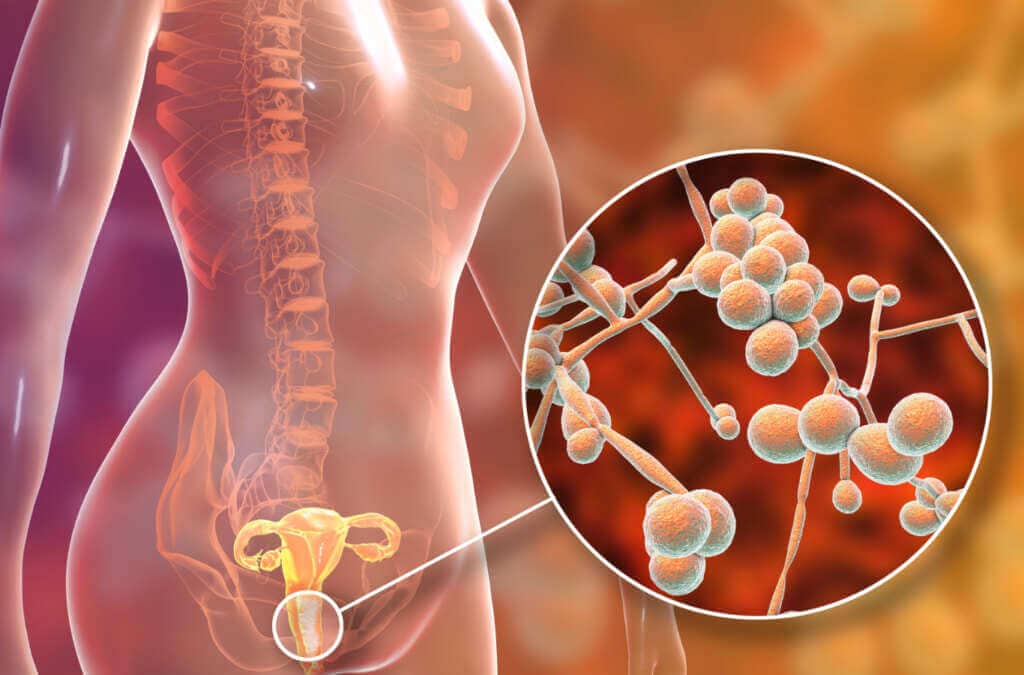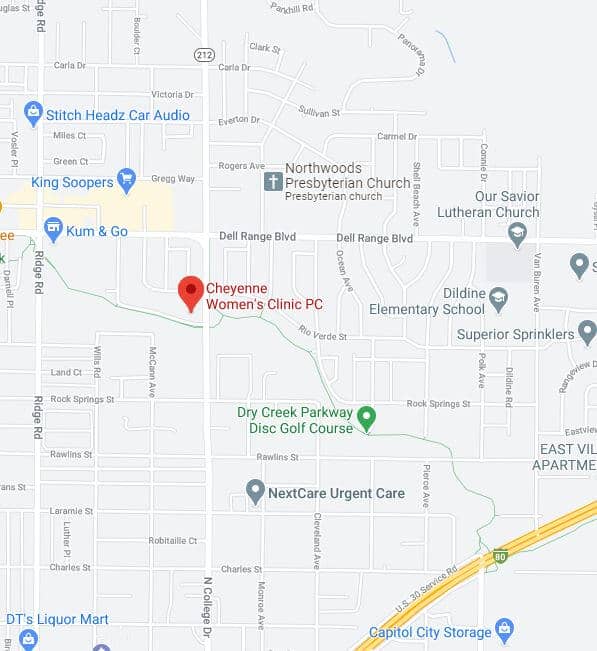What is vaginitis?
Vaginitis is an inflammation of the vagina. Vaginitis may cause itching, burning, a bad odor, or a large amount of discharge. It is one of the most common reasons for visiting an obstetrician–gynecologist (ob-gyn). There are many possible causes of vaginitis, and the type of treatment depends on the cause.
Common types of vaginitis include
What can cause vaginitis?
The vagina contains many organisms, such as bacteria and yeast, that are important to its normal function. A change in the normal balance of either yeast or bacteria can result in vaginitis. This causes the lining of the vagina to become inflamed. Factors that can change the normal balance of the vagina include
How is vaginitis diagnosed?
To diagnose vaginitis, your ob-gyn should take a sample of the discharge from your vagina. Several tests may be done. Some test results may be available right away. For others, the sample must be sent to a lab, and results are ready in a few days.
To ensure the results of the tests are accurate, do not use any vaginal medications for at least 3 days before you see your ob-gyn. You also should not douche, have sex, or use spermicides before your visit.
How is vaginitis treated?
Treatment depends on the cause of the vaginitis. Treatment may be a pill, cream, or gel that is inserted into the vagina.
It is important to follow treatment directions exactly, even if the symptoms go away before you finish the medication. Even though the symptoms disappear, the infection could still be present. Stopping the treatment early may cause symptoms to return.
If symptoms do not go away after the treatment is finished, or if they come back, see your ob-gyn. A different treatment may be needed.
How can vaginitis be prevented?
There are a number of things you can do to reduce the risk of getting vaginitis:
Yeast Infections
What is a yeast infection?
Yeast infection is also called candidiasis. It is one of the most common types of vaginitis.
What causes yeast infections?
Yeast infections are caused by a fungus called Candida. It normally is found in small numbers in the vagina. But when the balance of bacteria and yeast in the vagina is altered, the yeast may overgrow and cause symptoms.
What factors increase the risk of getting a yeast infection?
In many cases, the cause of a yeast infection is not known.
What are the symptoms of a yeast infection?
The most common symptoms of a yeast infection are itching and burning of the vulva. The burning may be worse with urination or sex. The vulva may be red and swollen.
Sometimes yeast infections cause an increase or change in vaginal discharge. Discharge may be white, lumpy, and have no odor. Sometimes there is no change in discharge.
What treatments are available for vaginal yeast infection?
Yeast infections can be treated either by placing medication into the vagina or by taking a pill. In most cases, treatment of male sex partners is not necessary.
Should I use an over-the-counter medication to treat a yeast infection?
Over-the-counter treatments are safe and often effective. But you may think you have a yeast infection when you actually have another problem. In this case, a medication for a yeast infection will not work. It may also cause a delay in proper diagnosis and treatment of the actual problem.
Even if you have had a yeast infection before, it may be a good idea to call your ob-gyn before using an over-the-counter medication to treat your symptoms. If this is the first time you have had vaginal symptoms, you should see your ob-gyn. If you have used an over-the-counter medication and your symptoms do not go away, see your ob-gyn.
Bacterial Vaginosis
What is bacterial vaginosis (BV)?
Bacterial vaginosis (BV) not an infection. It is a condition caused by an imbalance in the types of normal bacteria that live in the vagina.
What are the symptoms of BV?
The main symptom is increased discharge with a strong fishy odor. The odor may be stronger during your menstrual period or after sex. The discharge is usually thin and dark or dull gray, but it may have a greenish color. Itching is not common, but there may be itching if there is a lot of discharge.
How is BV treated?
Several different antibiotics can be used to treat BV, including metronidazole and clindamycin. They can be taken by mouth or inserted into the vagina as a cream or gel. Sexual partners do not need to be treated.
When metronidazole is taken by mouth, it can cause side effects in some patients. These include nausea, vomiting, and darkening of the urine. Do not drink alcohol when taking metronidazole. The combination can cause severe nausea and vomiting.
BV often recurs. It may require repeated treatment. In some cases, longer treatment for 3 to 6 months may be needed.
Trichomoniasis
What is trichomoniasis?
Trichomoniasis is a condition caused by the microscopic parasite Trichomonas vaginalis. It is a sexually transmitted infection (STI). If you have trichomoniasis, you are at increased risk of infection with other STIs.
What are the symptoms of trichomoniasis?
Signs of trichomoniasis may include a yellow-gray or green vaginal discharge. The discharge may have a fishy odor. There may be burning, irritation, redness, and swelling of the vulva. Sometimes there is pain during urination.
How is trichomoniasis treated?
Trichomoniasis is treated by taking metronidazole pills. Sexual partners must be treated so that you do not get infected again. You should not have sex until you and your partner have finished treatment.
Atrophic Vaginitis
What is atrophic vaginitis?
This condition is not caused by an infection, but it can cause vaginal discharge and irritation. It may develop when hormone levels are low, such as during breastfeeding and after menopause. When it happens around the time of menopause, it is called genitourinary syndrome of menopause.
What are the symptoms of atrophic vaginitis?
Symptoms include dryness, itching, and burning. Other symptoms include abnormal vaginal discharge and pain during sex.
How is atrophic vaginitis treated?
Atrophic vaginitis is treated with estrogen that is applied inside the vagina. It is available as a cream, tablet, or ring. A water-soluble lubricant may also be helpful during sex.






